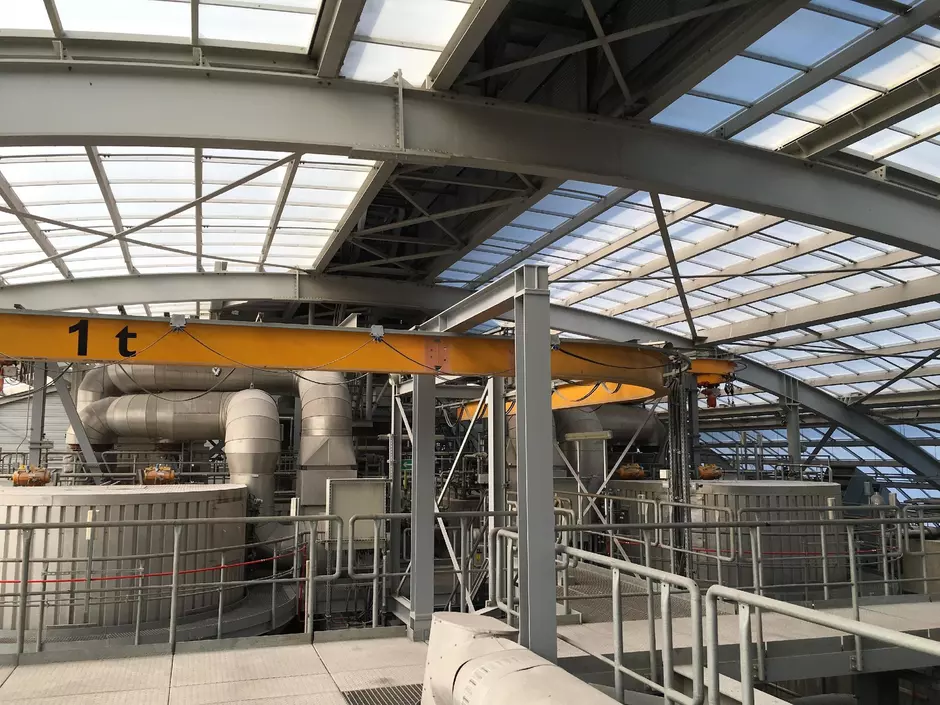Energy recovery from waste works similarly to conventional coal or gas combustion, where steam is made from the heat and then used to run a turbine to produce electricity. Instead of using fossil fuels, energy-from-waste technology has been adapted and updated to use non-recyclable waste materials. Three tonnes of waste replaces one tonne of coal, and is 50% biomass, delivering a low-carbon energy solution, whilst reducing the need for landfill. Veolia has the expertise to safely deliver the technology.

Step One
Waste is dried and combusted in a controlled air flow environment at more than 850°C.

Step two
This high intensity combustion generates heat which produces steam.

Step three
The steam drives a turbine to generate electricity for export to the local power grid.

Step four
Gases are cleaned to the highest standard worldwide and no liquids or odours are discharged.
In addition to the energy produced, three other materials are recovered during the process;
- Bottom ash; non-combustible material such as stones, grit, glass and rocks, can be recycled into aggregates for use in the construction industry
- Air pollution control residues; fine dust is filtered, captured and managed on site
- Ferrous and non-ferrous metals recovered from the bottom ash; materials are collected and recycled into new metal items
Understanding the waste hierarchy in Australia
If you look at the waste hierarchy diagram below, you can see that after first avoiding waste, reusing it and then recycling it, the recovery of energy should be utilised as the preferred treatment option. Landfill is the least preferred waste management option because landfilling doesn't allow recovery of the material disposed of. Reducing landfill waste reduces methane, a greenhouse gas that is 25 times more impactful on the environment that carbon dioxide.

Renewable, sustainable energy
Energy recovery is an important source of renewable, sustainable energy and a vital link in the waste management chain. Waste reduction, recycling and materials recovery operations are the first priority, however once we have optimised these operations, it makes sense to recover energy from the remaining waste where possible. Energy recovery facilities reduce the use of fossil fuels, cut emissions of greenhouse gases and reduce dependence on landfill.
Want to learn more about how energy recovery works?


